21st century music technology: a gear timeline
The story of music technology in the new millennium, told through 22 groundbreaking products
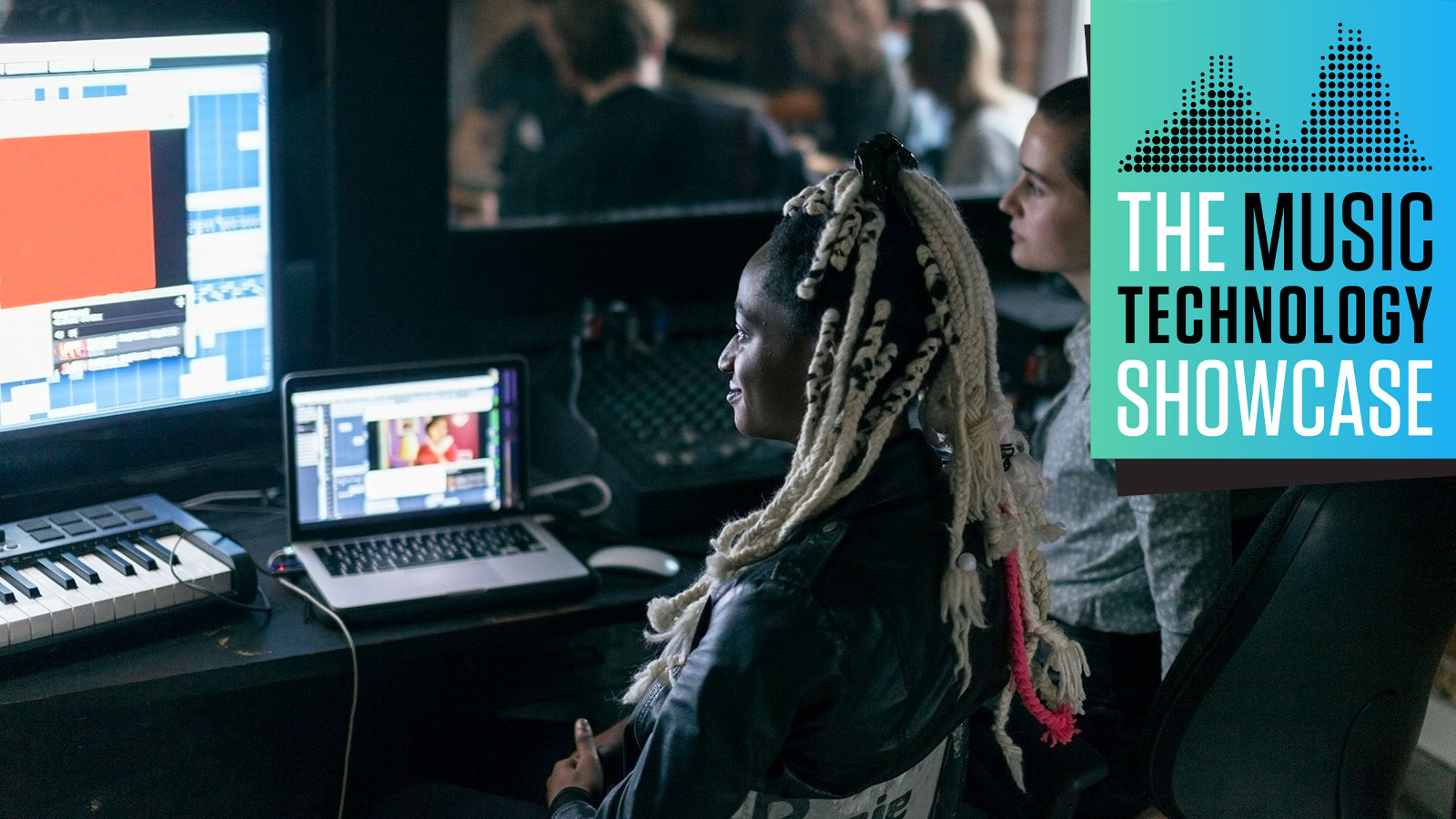
- 2000: Propellerhead Reason
- 2001: Ableton Live
- 2002: Native Instruments Kontakt
- 2003: Arturia Modular V
- 2004: Apple GarageBand
- 2005: Cakewalk Sonar 5
- 2006: Steinberg Cubase 4
- 2007: Native Instruments Massive
- 2008: Spectrasonics Omnisphere
- 2009: Celemony Melodyne Editor
- 2010: Apple iPad
- 2011: Heavyocity Damage
- 2012: Universal Audio Apollo
- 2013: Logic Pro X
- 2014: Korg Gadget
- 2015: Teenage Engineering Pocket Operators
- 2016: Soundtoys Soundtoys 5
- 2017: Genelec The Ones
- 2018: Waves Abbey Road TG Mastering Chain
- 2019: Akai Pro Force
- 2020: Oesksound Soothe 2
- 2021: Leapwing Audio Al Schmitt
Music Tech Showcase 2021: There’s no better way to tell the story of the growth of music technology in the 21st century than a line-up of products that marked a significant moment, year-by-year. Let’s take a trip through the past two decades of music making.
2000: Propellerhead Reason
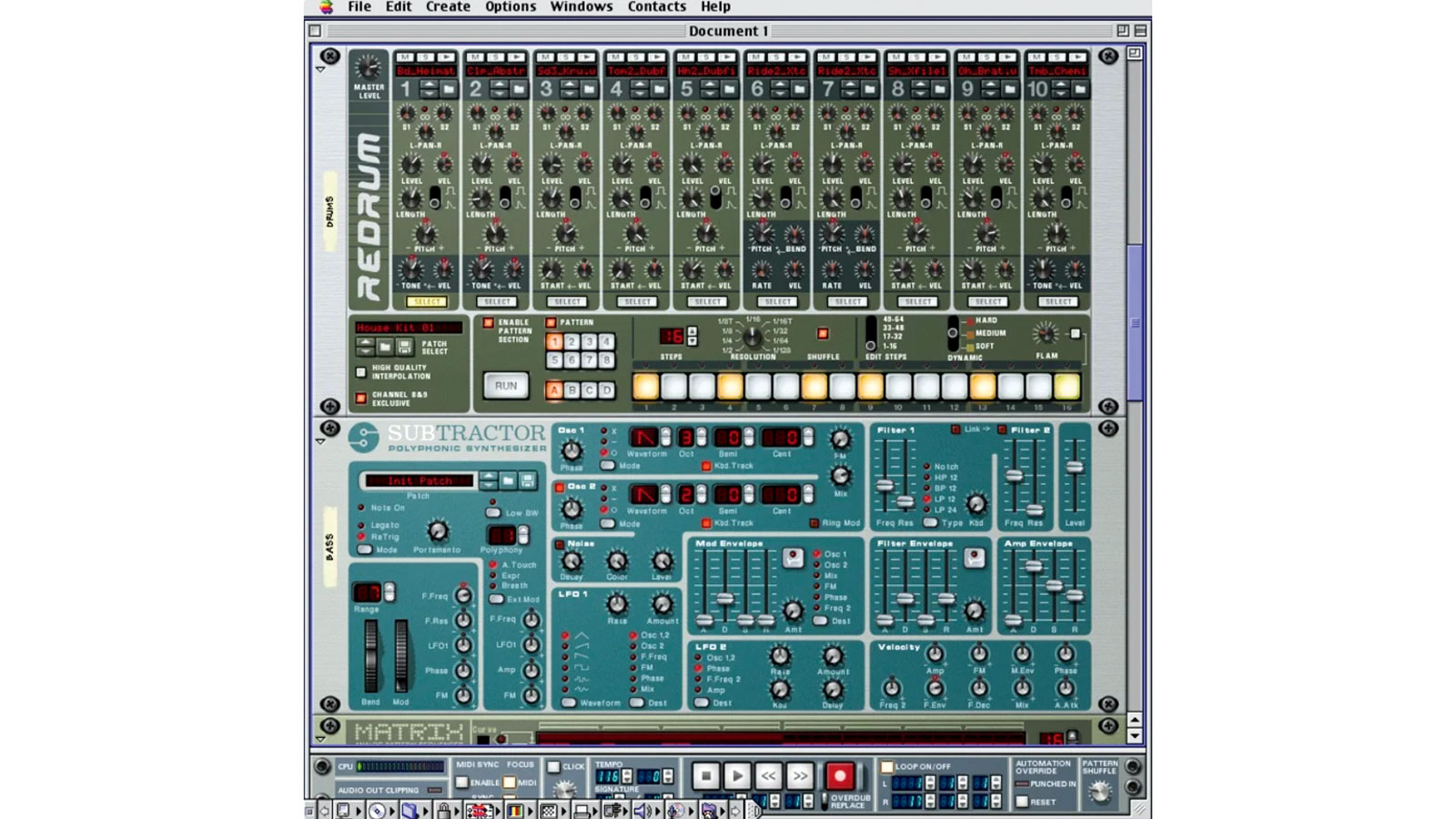
Responsible for a great many of the foundational products of the computer music age, Propellerhead’s Reason was among the first bona fide all-in-one virtual studio programs, loaded with virtual instruments and designed to relocate the still hardware-dependent production workflow to desktop computers. Its rack and wire-imitating UI was a nice touch.
2001: Ableton Live
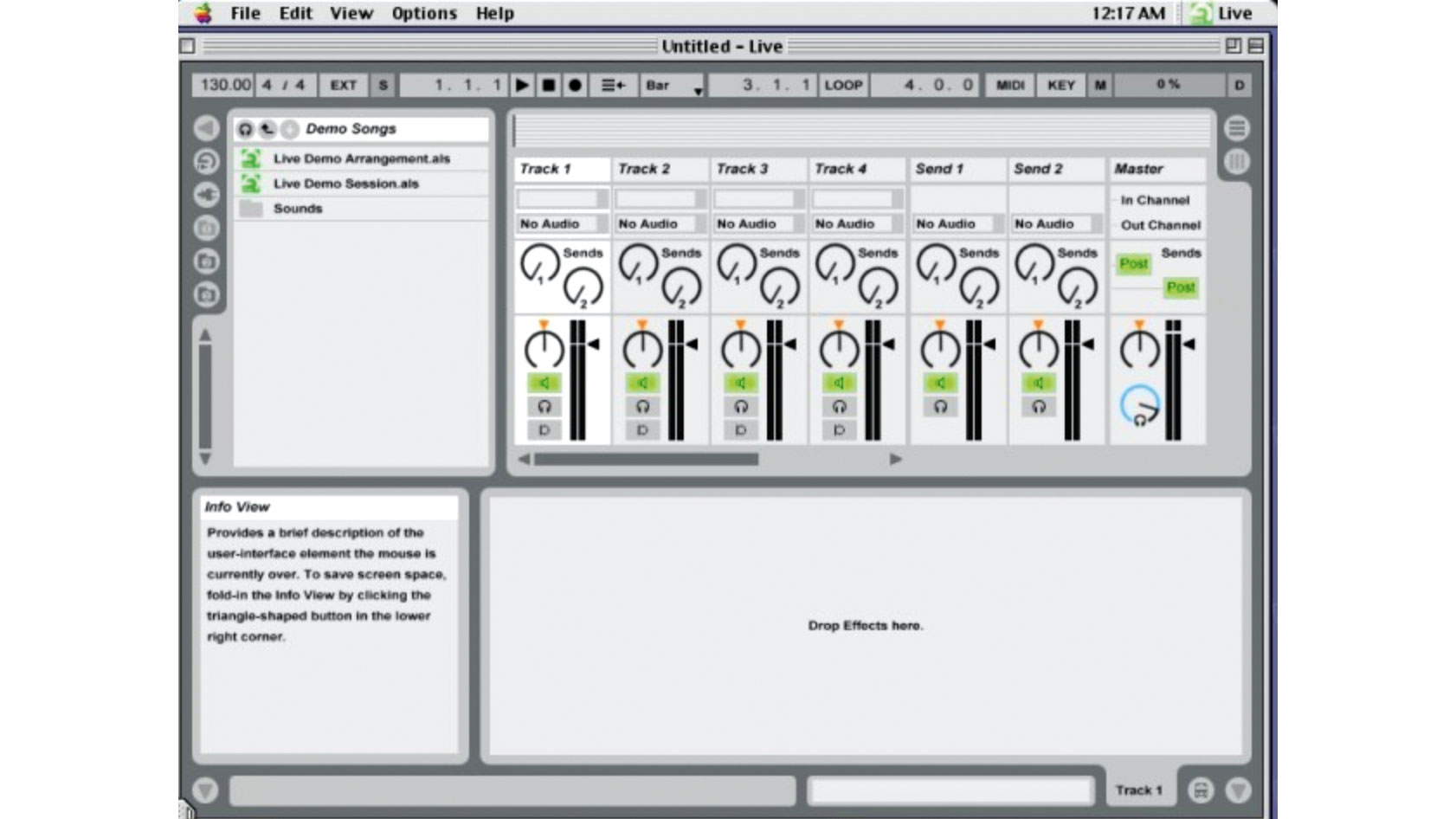
A key character entered the story in 2001, as the three founders of Ableton unveiled version one of their Live software for the first time. Freshly designed with a wholly individual ethos compared to preceding, MIDI-sequencing DAWs, Live’s dual-focus was as a versatile software performance hub, as well as a slick computer-based DAW.
2002: Native Instruments Kontakt
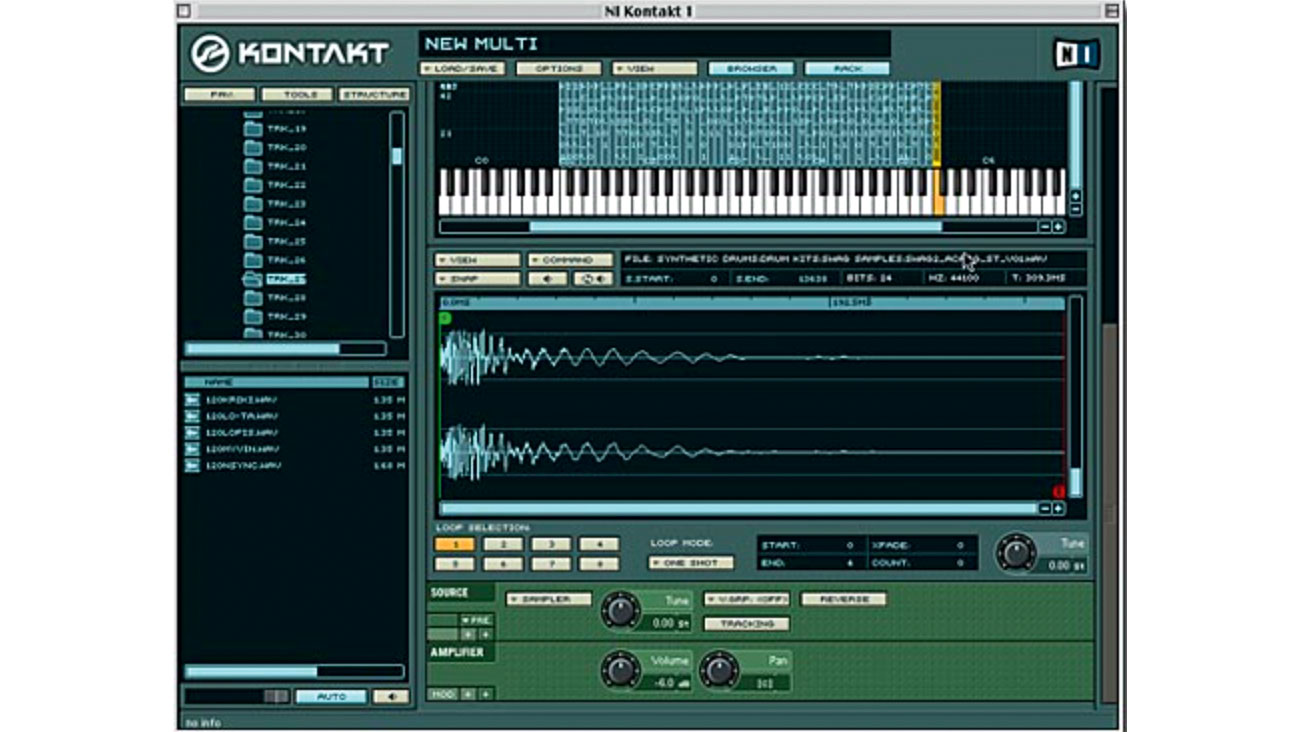
Now a pivotal part of the production landscape, NI’s Kontakt came about in 2002 as a semi-modular software sampler, capable of sample building, mangling and performing, it’s still a durable tool today, but is more widely known as the de facto environment with which to contain massive third-party sample libraries.
2003: Arturia Modular V
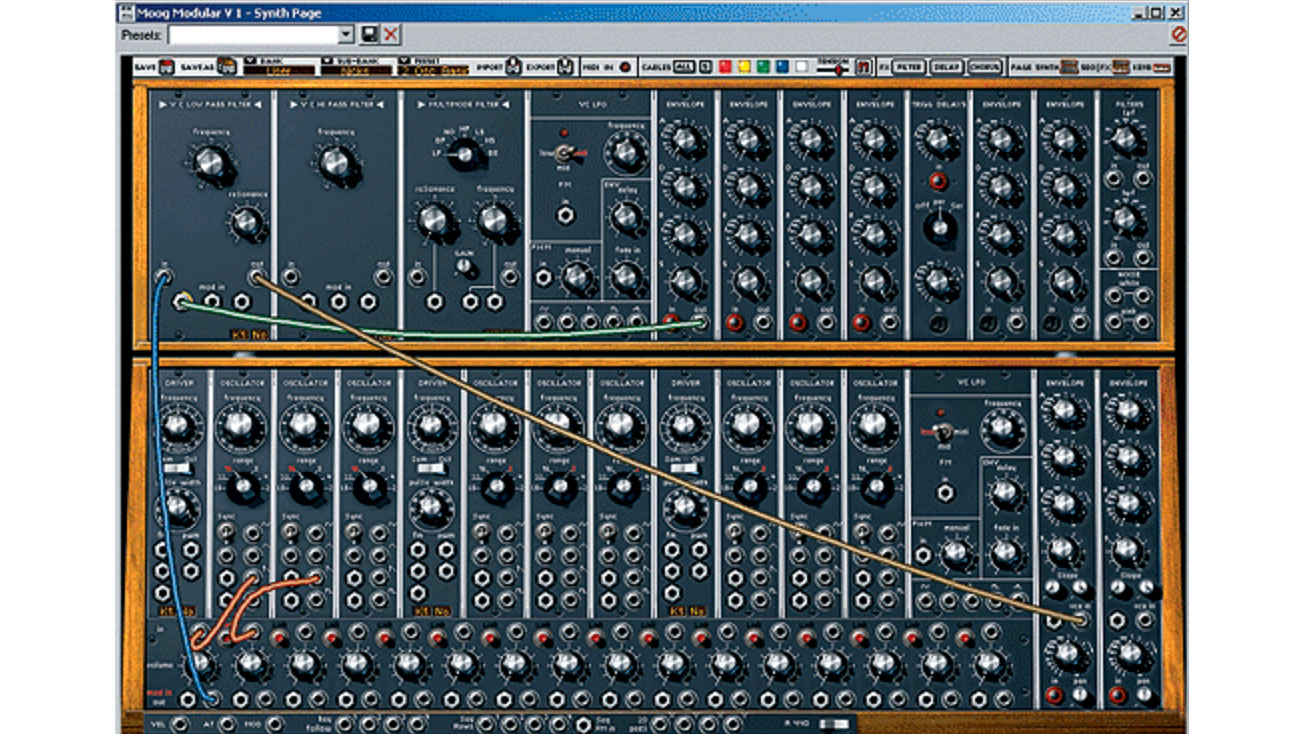
Recreating analogue hardware in software form is no mean feat, but it’s something for which Arturia are renowned. Their first stab was the impressive virtual version of the legendary Moog beasts that shaped those pioneering experiments in synthesis. Arturia’s attention to modelling detail – and the resulting, extraordinarily aped sound, set a whole new software precedent.
2004: Apple GarageBand
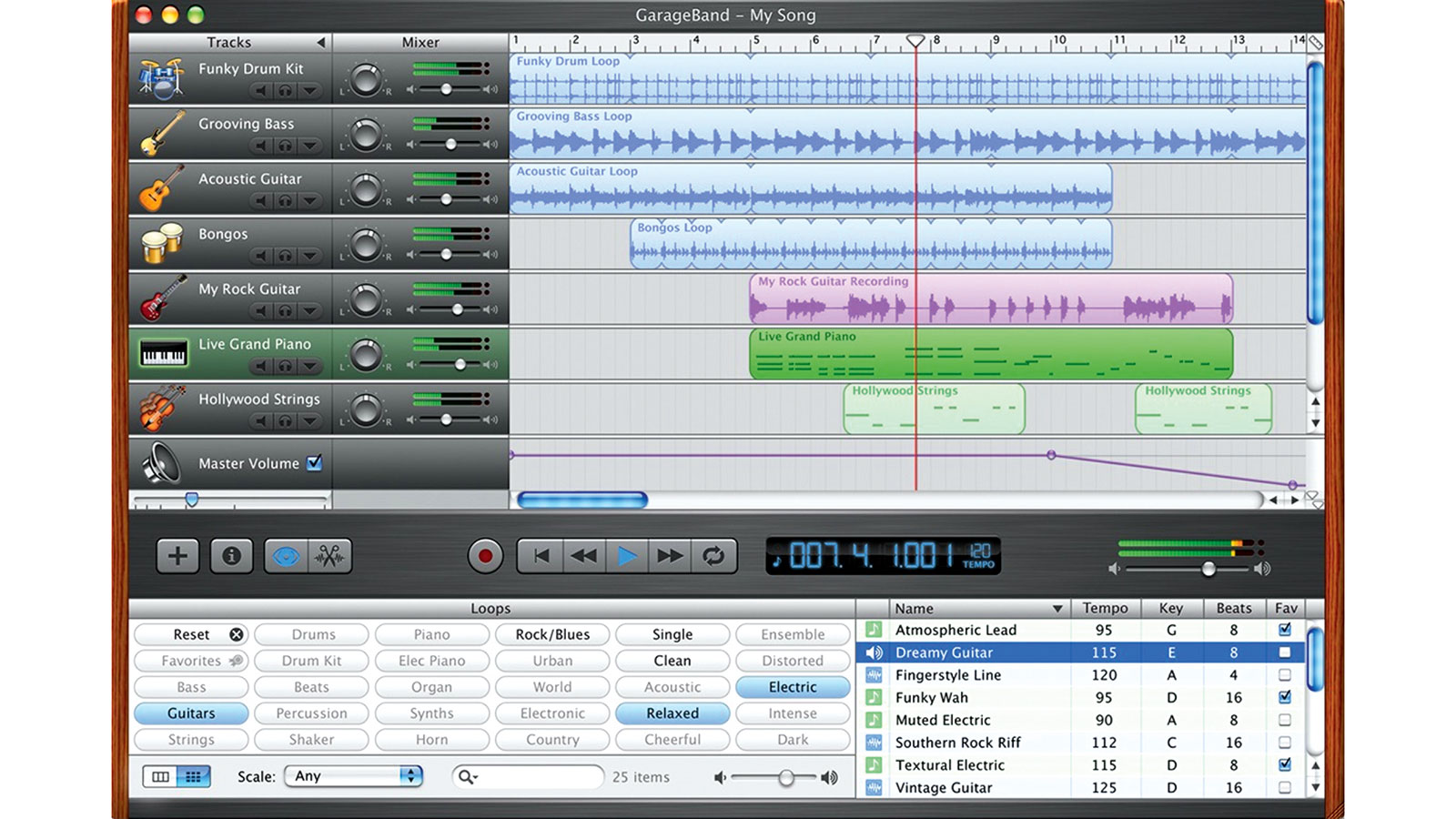
A major step in the standardisation of software as the music production default came with entry-level, beginner DAWs. Apple’s GarageBand opened the eyes of a whole generation to the wonders of music making. GarageBand’s horizontally-designed architecture was super easy for newcomers, and provided many novices a rough understanding of the principles of multi-track recording.
2005: Cakewalk Sonar 5
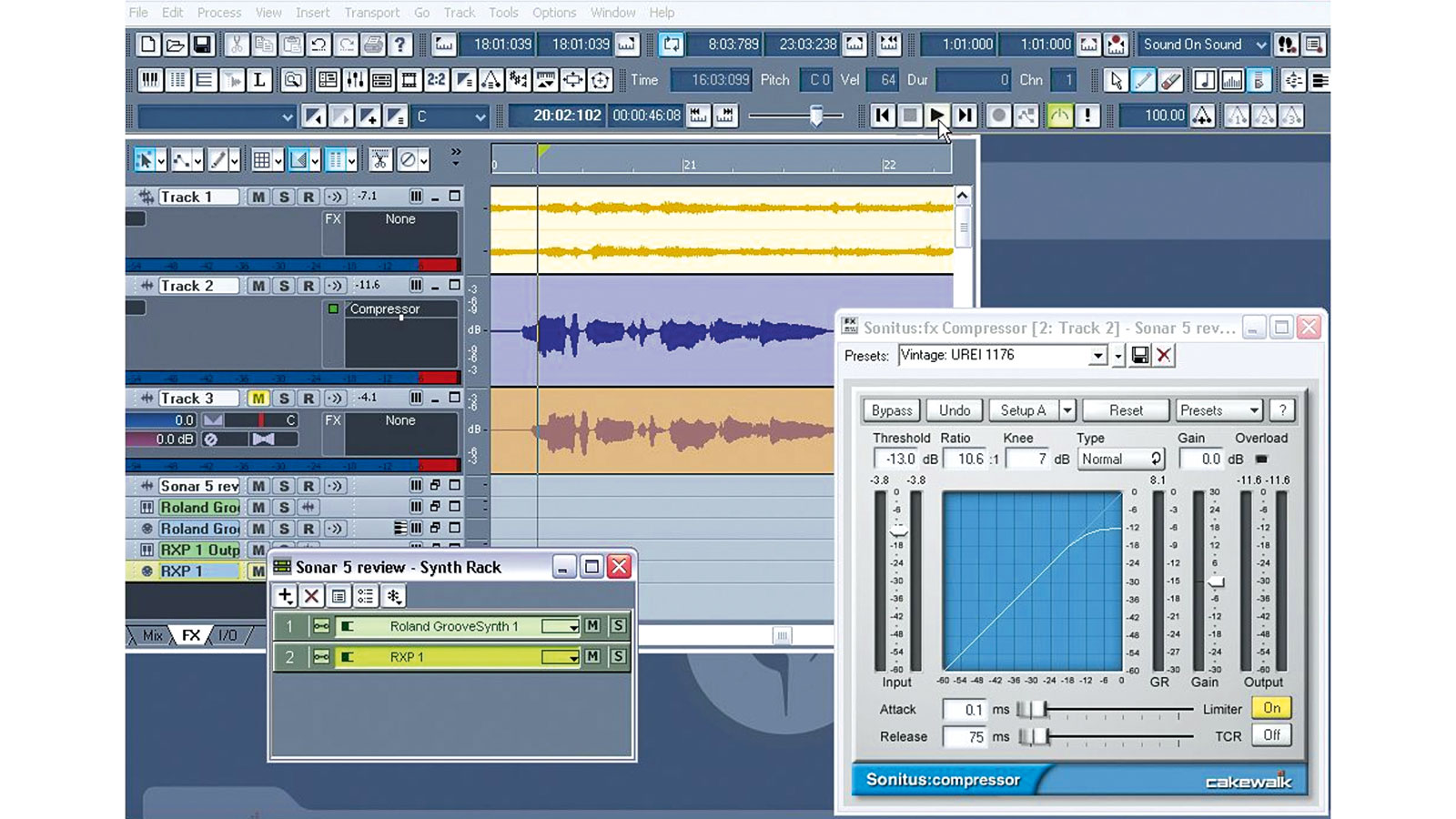
The first fully 64-bit native DAW, Cakewalk’s Sonar had been creeping up behind its more robust competitors, first appearing way back in 1987 as a simple MS-DOS MIDI sequencer, Sonar had gradually built enough confidence to stand tall as a fully fledged, versatile DAW. With more features than many of its contemporaries, it was the first to explore the wonders of 64-bit processing.
Get the MusicRadar Newsletter
Want all the hottest music and gear news, reviews, deals, features and more, direct to your inbox? Sign up here.
2006: Steinberg Cubase 4
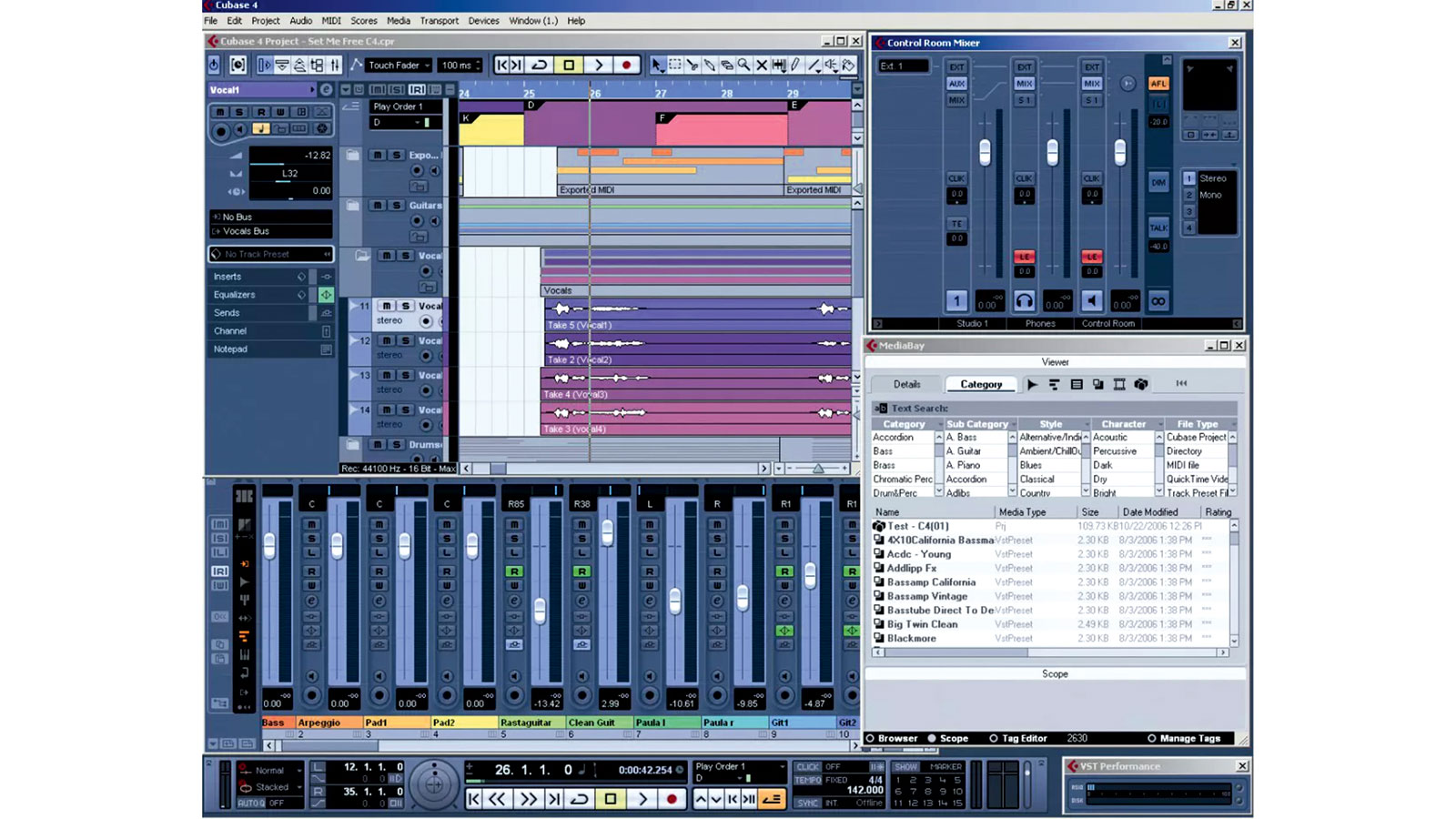
One of the godfathers of the computer music age, every periodic update to Steinberg’s flagship DAW was pretty notable. And, in 2006, Cubase 4 brought in an entirely redesigned user interface, with a greater focus on making a piece of software that was accessible to all, taking a leaf out of GarageBand’s book with its new Loop Browser-alike MediaBay.
2007: Native Instruments Massive
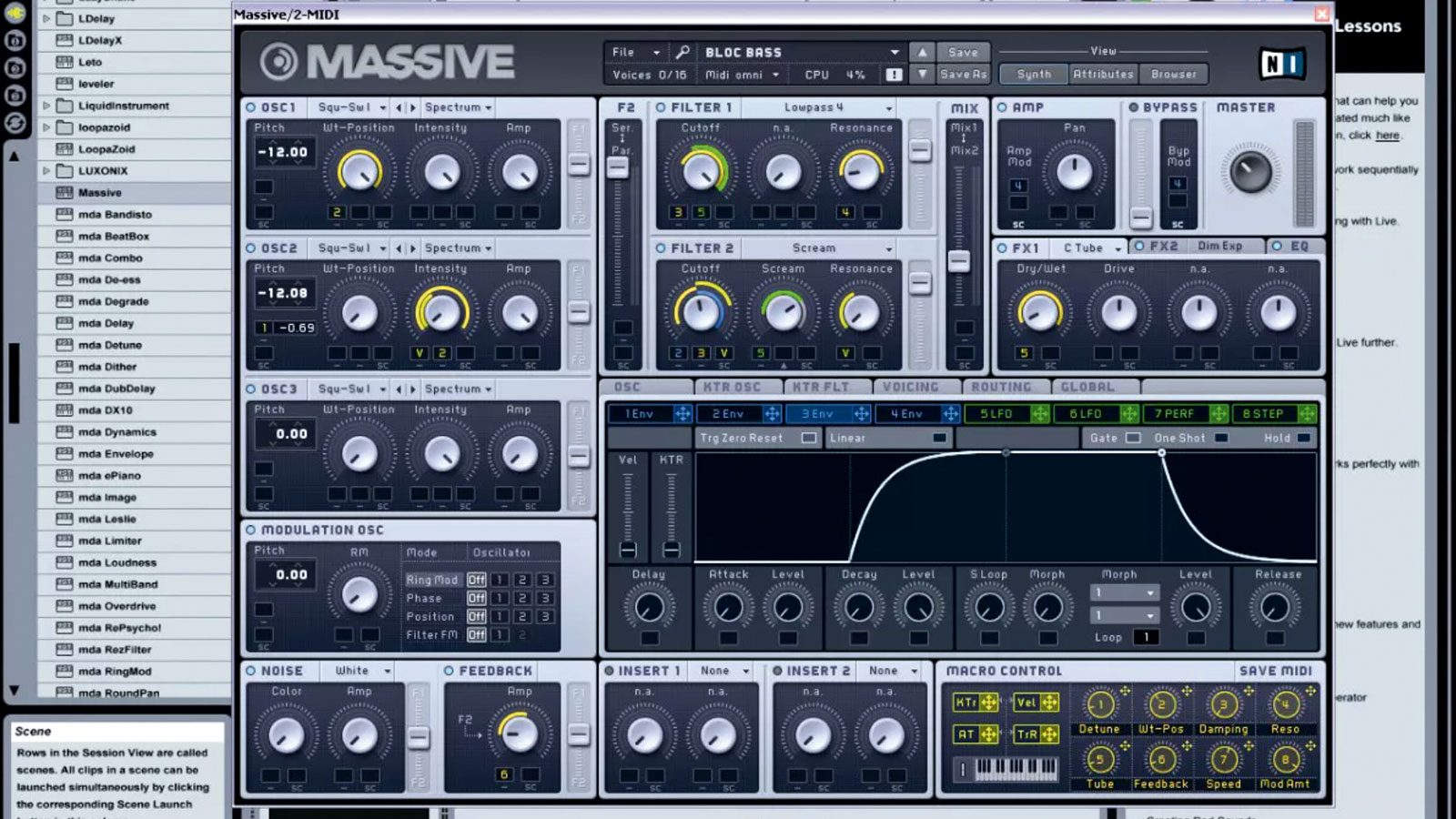
Released in 2007, and quickly becoming a crucial ingredient in dance music production for the next decade and beyond, Massive’s hybrid digital/analogue structure allowed big scope for software synthesists, and underlined the benefits of using software for it. Though low-spec computers would struggle with its complex architecture, as time progressed, computers caught up with NI’s innovative synth powerhouse.
2008: Spectrasonics Omnisphere
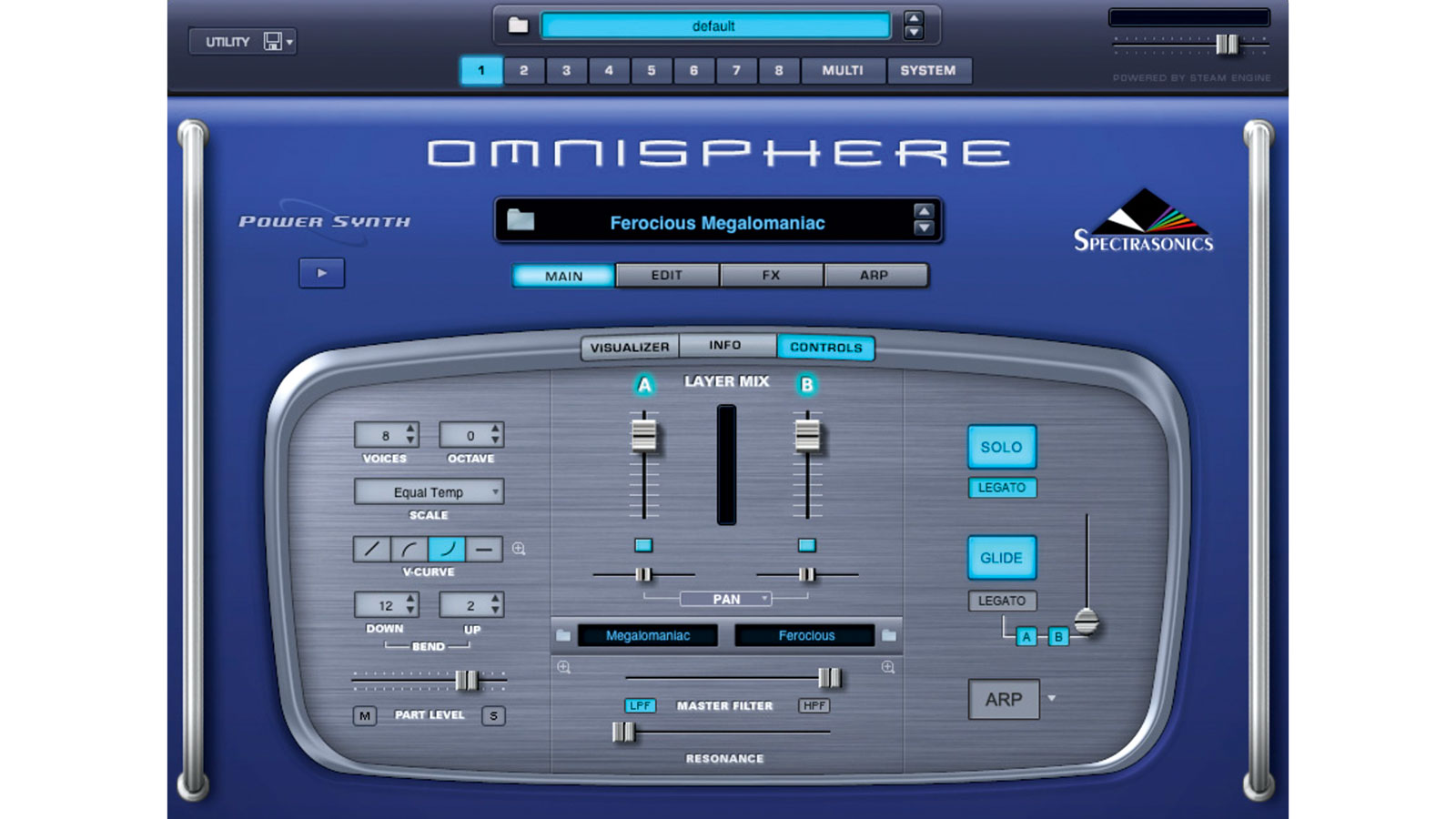
Those looking to make the computer the centre of their soundtracking (or soundscape-making) world turned to Spectrasonics’ towering Omnisphere. Boasting a remarkably capable engine and combining a vast variety of hybrid realtime synthesis techniques, all manner of strange alien planets, murky underworlds and ethereal pads were conjured. It is, of course, still a sublime piece of software to this day.
2009: Celemony Melodyne Editor
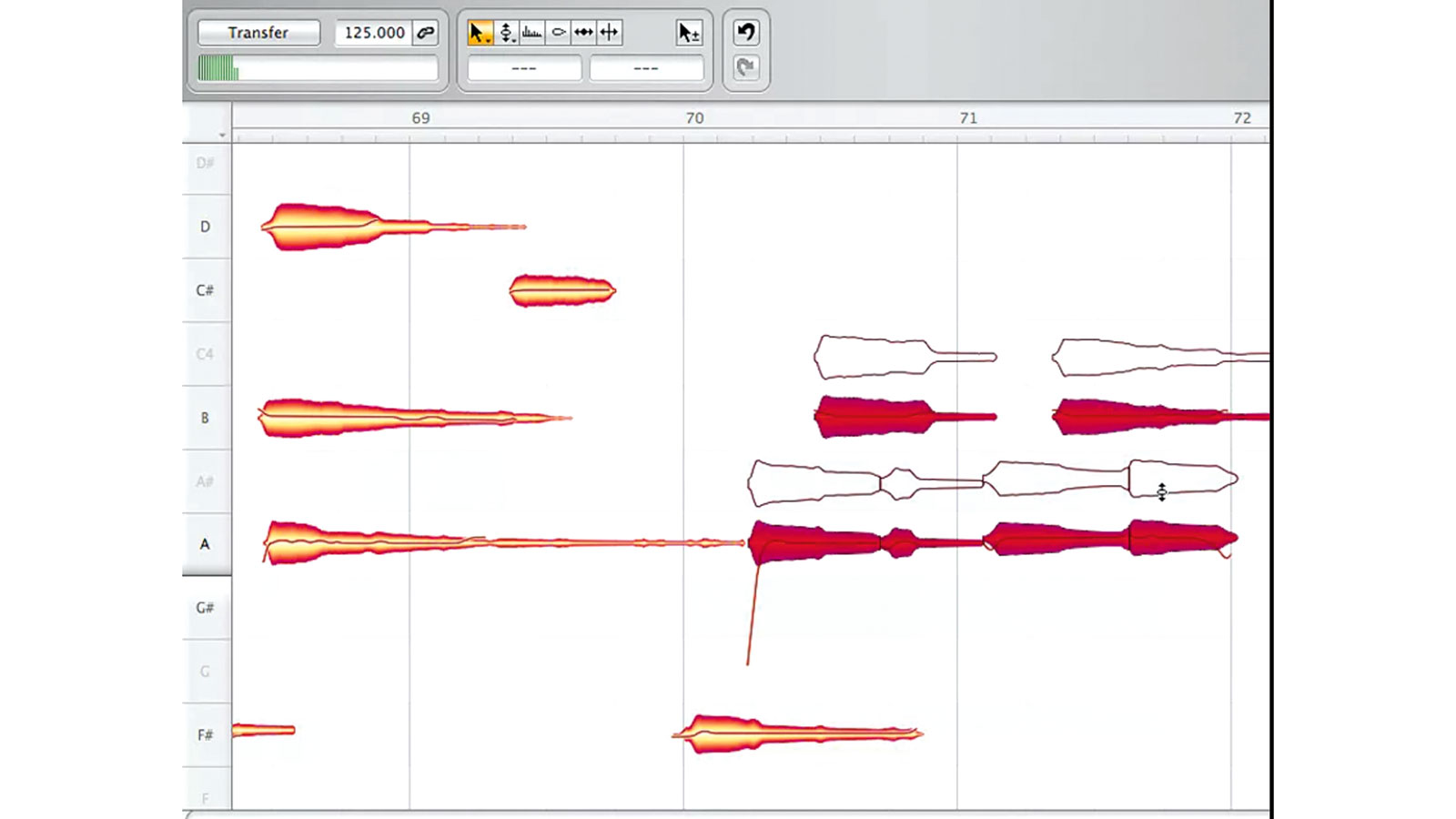
First launched back in 2001, Melodyne’s pitch-editing paragon has become a Google-like byword for expediently improving a bad vocal performance. Its Direct Note Access (DNA) technology allowed the miraculous ability to tweak individual notes within a chord, which is still astounding to this day. Groundwork was laid for the arrival of ‘de-mixing’ software.
2010: Apple iPad

Not a piece of music technology per se, but the iPad’s introduction was soon followed by a raft of snazzy music-making apps, such as GarageBand and Cubasis. These revealed to millions of users just how easy computer music-making had become, and for established computer musicians, it allowed them to break free of the mouse and keyboard for the whole touch experience.
2011: Heavyocity Damage
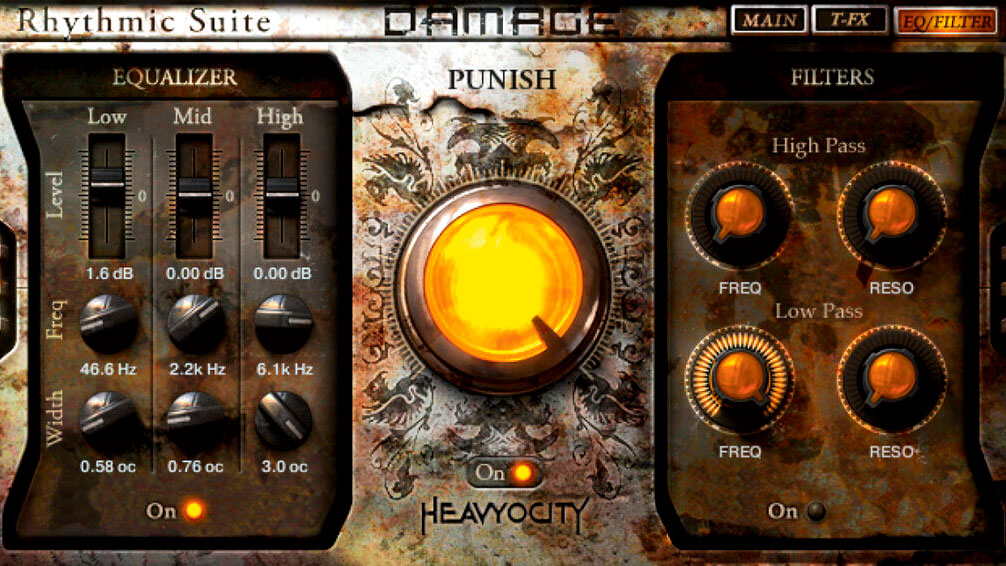
Unleashing the full cinematic potential of software drum machines, Heavyocity’s Damage was a thunderous, exquisitely recorded selection of drum samples, housed within an engine that encouraged manipulation, mangling and a whole lot more. Word of mouth would soon established Damage as a must-buy standard for epic composers.
2012: Universal Audio Apollo
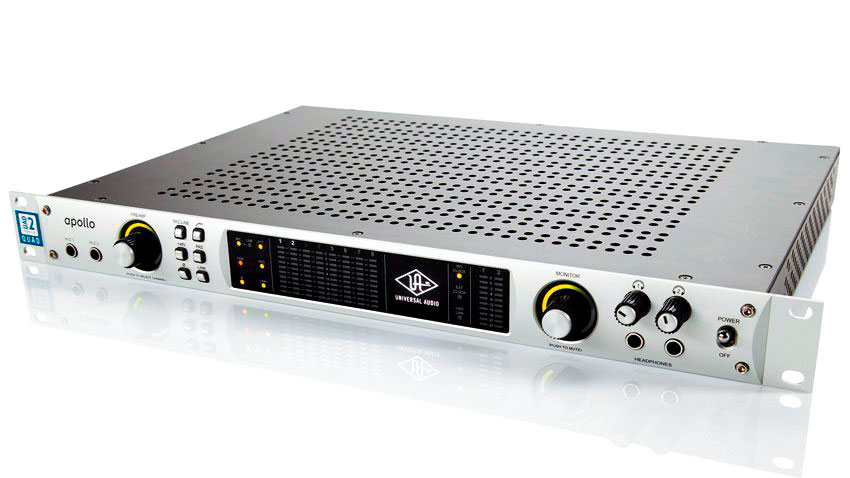
A true game-changer. UA’s inaugural rackmounted Apollo allowed users the ability to run UAD plugins in real time, taking the strain off of your CPU, as well as providing zero latency. This was just the beginning of UA’s peerless interface design journey that would lead to today’s Unison-enabled powerhouses, like the Apollo Twin X and the Arrow.
2013: Logic Pro X
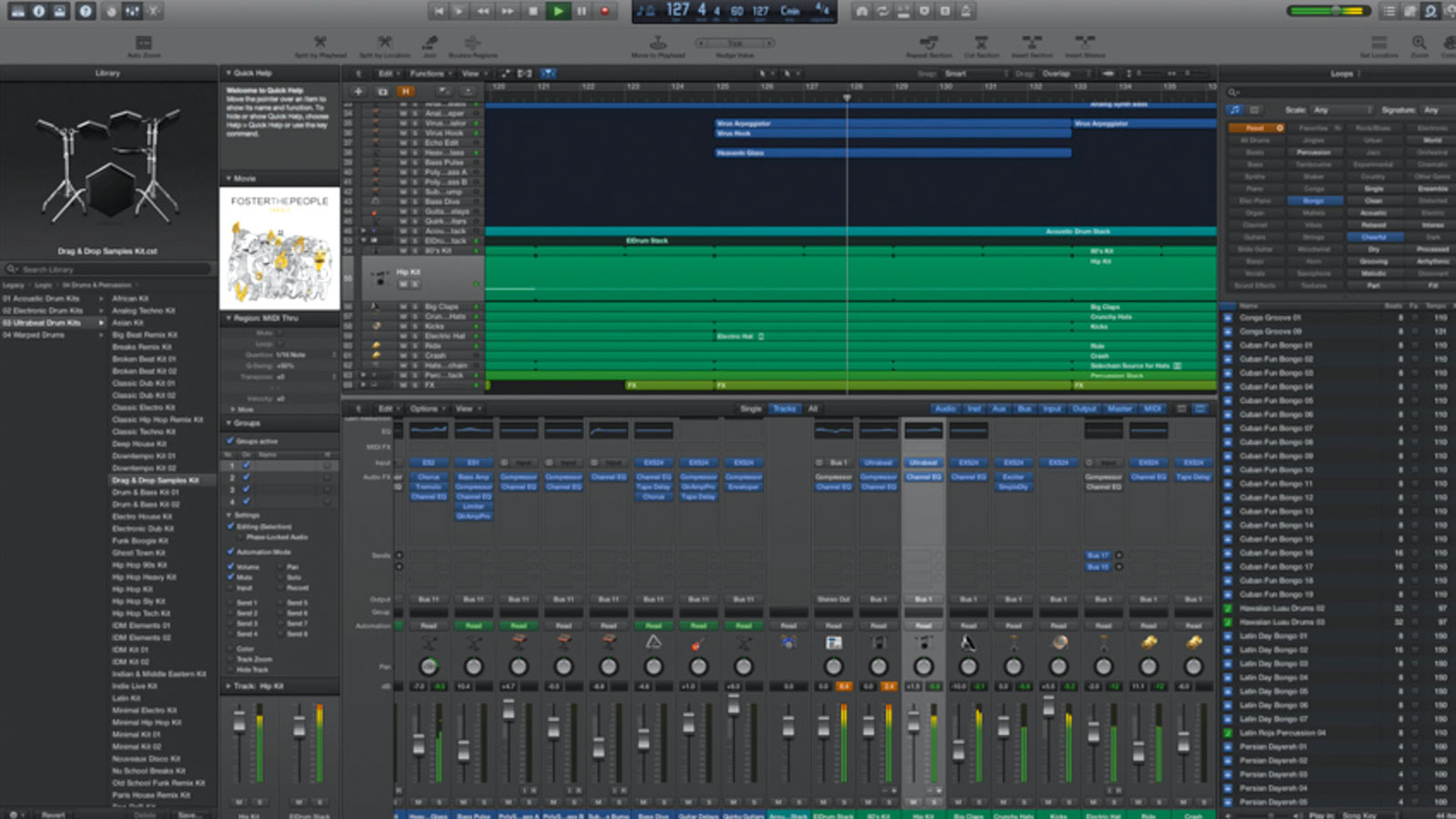
Becoming the new default DAW for many Mac owners, Logic Pro X overhauled the user interface and added a wealth of simple to navigate options, including the impressively useful Drummer – which allowed home musicians complete, dextrous control over a gamut of pre-programmed drum patterns and styles, as well as much finer mix control via Track Stacks. It’s still a major player, of course.
2014: Korg Gadget
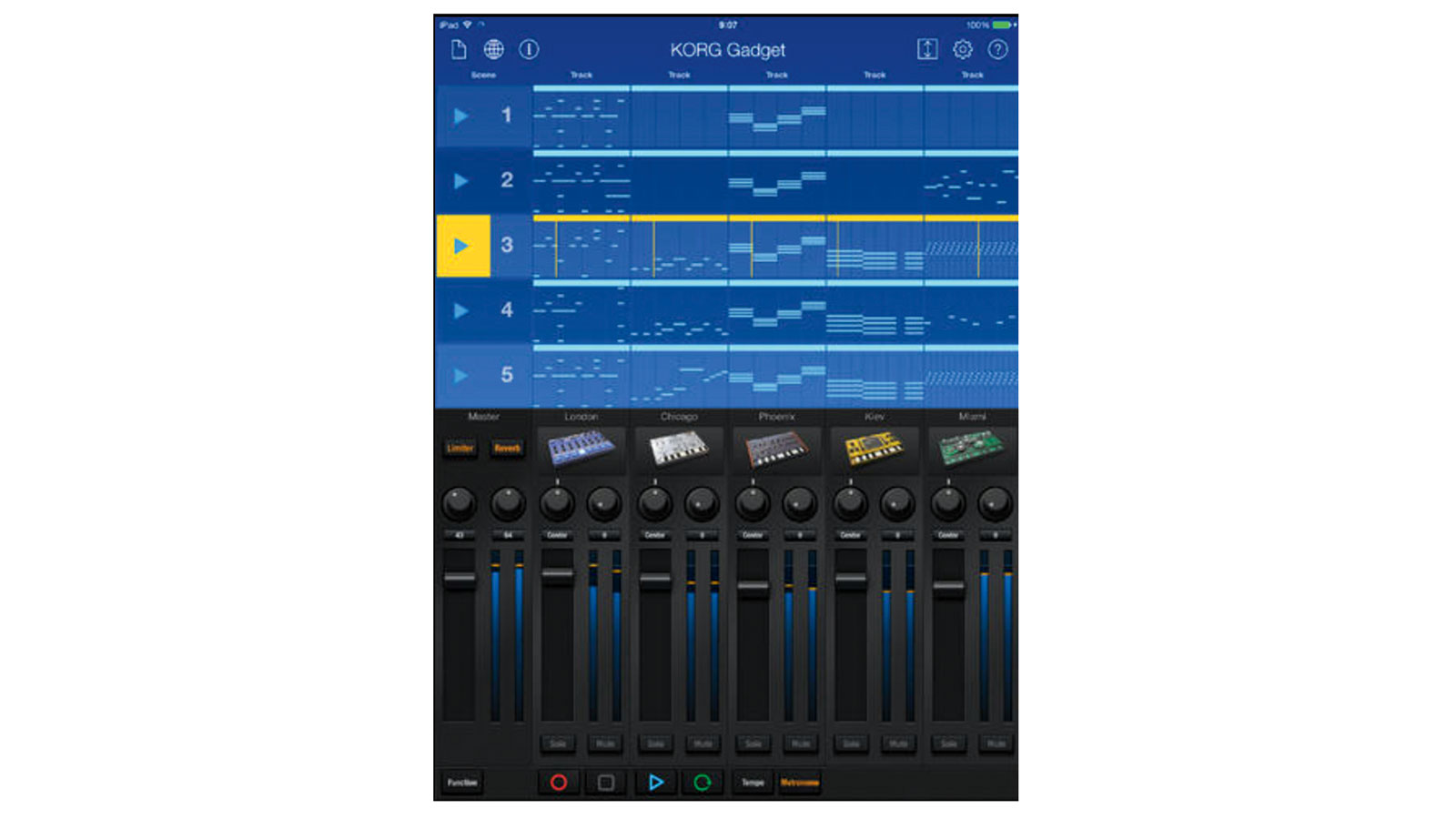
Expanding the scope of iPad music-making to astonishing heights, Korg’s Gadget resulted in a major realisation of just how capable – and how much fun – the iPad was for synthesis and music production. Housing 15 of Korg’s software ‘gadgets’, the retro UI is a nice touch, and adds a stamp of authenticity, while the output sounds are indistinguishable from the hallowed sounds of Korg’s past.
2015: Teenage Engineering Pocket Operators
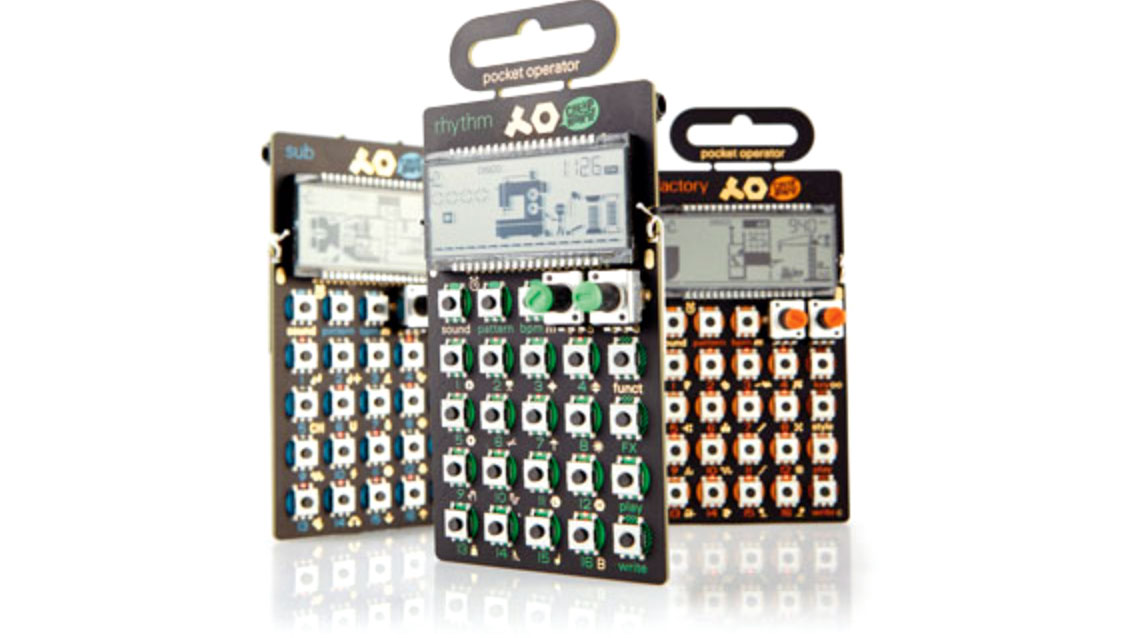
By the mid-2010s, it was clear that for many, the dominance of computer-based production was something to be resisted. We saw an upswing in sales of hardware synths, and a wider array of excellent new creative ideas, such as Teenage Engineering’s awesomely fun Pocket Operators – handheld drum machines and synths. They quickly became fun studio staples, great for idea generation.
2016: Soundtoys Soundtoys 5
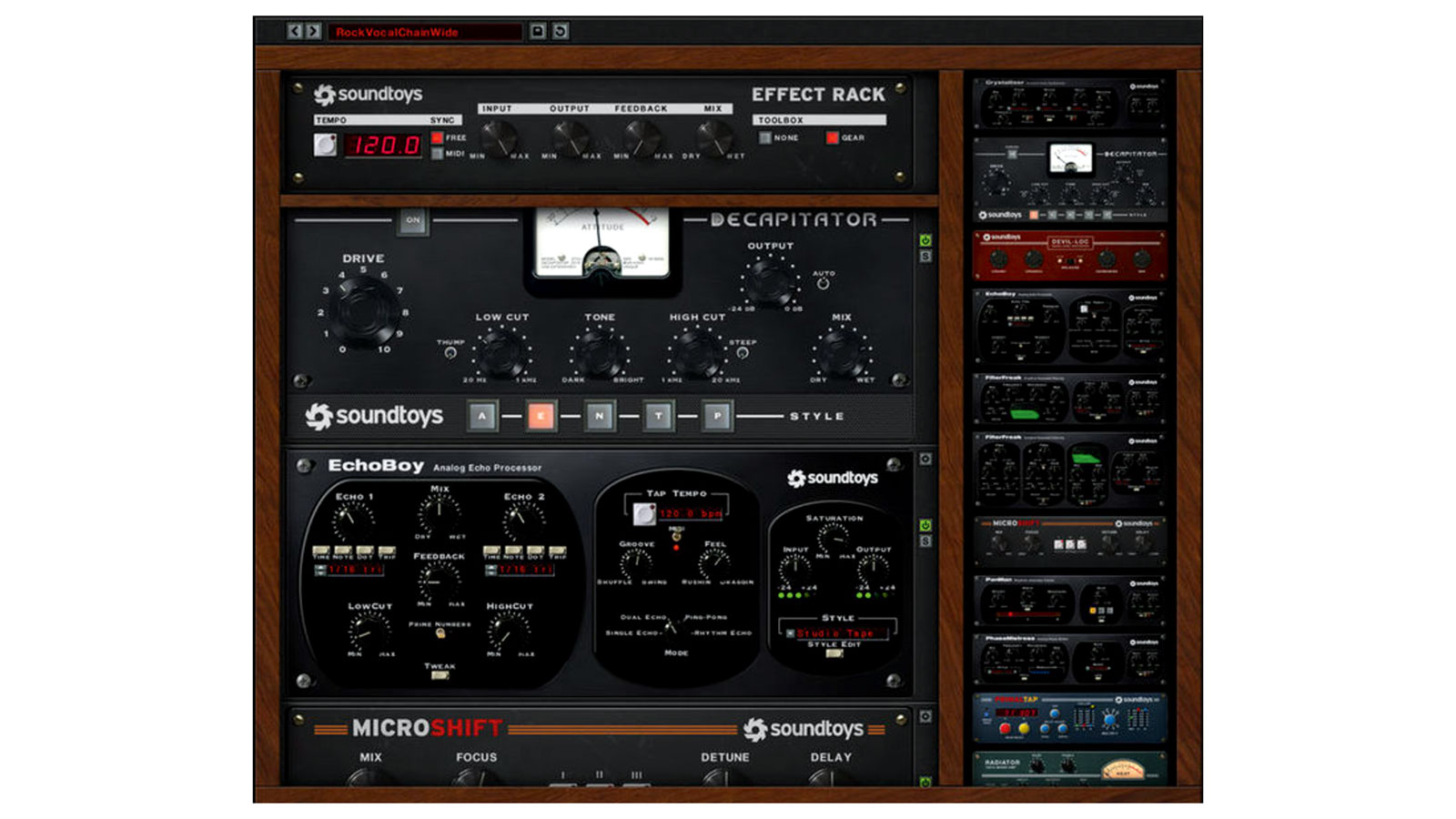
A bundle of 18 astounding plugins that spanned ubiquitous effects such as pro studio favourite EchoBoy, complex delay generator PrimalTap and saturation overlord Decapitator, SoundToys’ long rep as the go-to for state-of-the art aural brilliance was set in stone by the release of V5, being equally beloved by home musicians and world-famous producers alike.
2017: Genelec The Ones
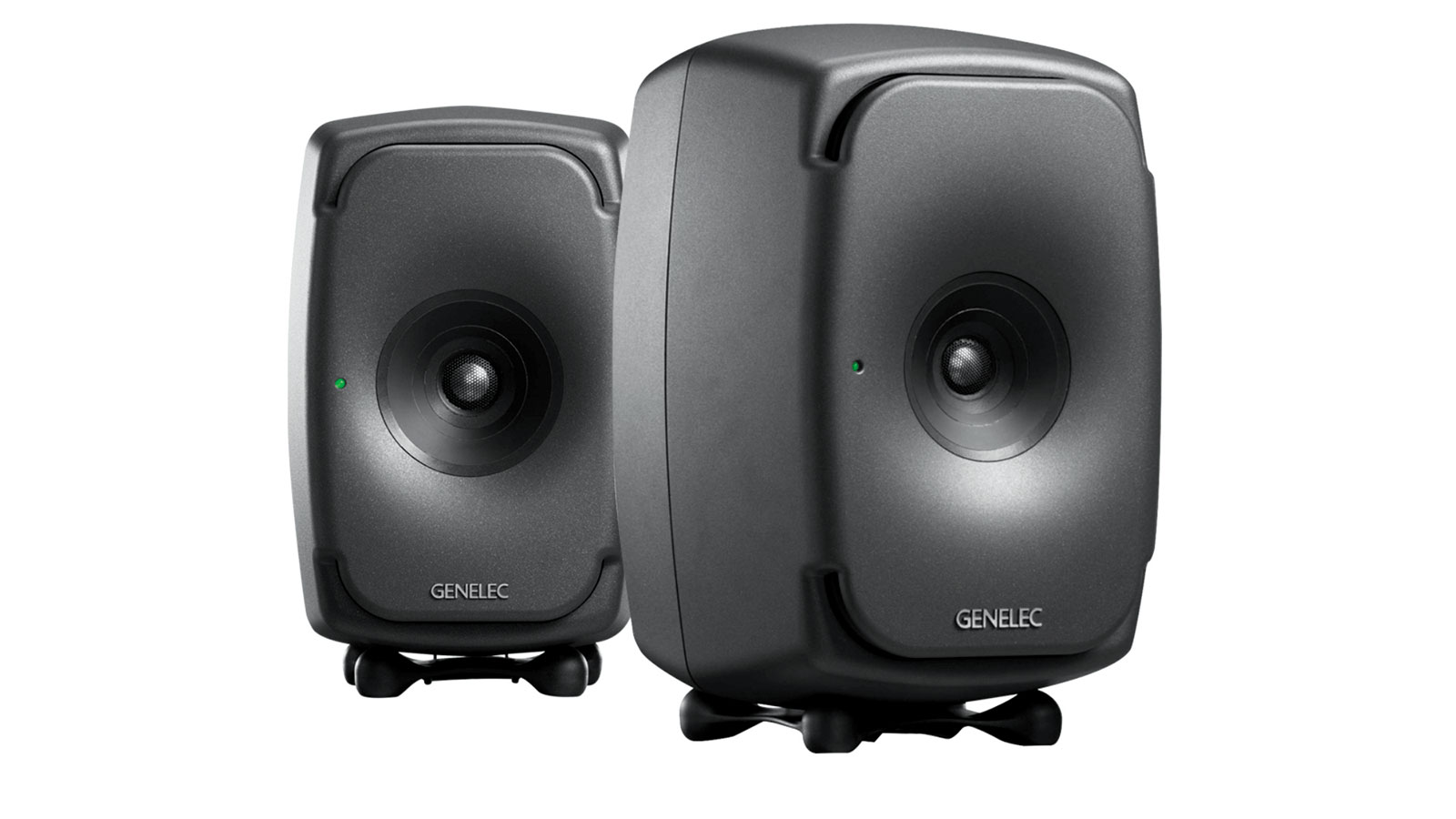
The development of more refined monitoring solutions had grown in parallel with the ever-increasing capabilities of home recording, and by 2017 had reached something of a pinnacle with Genelec’s point source monitor range, dubbed ‘The Ones’. The precision of the stereo image reproduced by these elegant and dextrous beauties was – and still is – unrivalled.
2018: Waves Abbey Road TG Mastering Chain
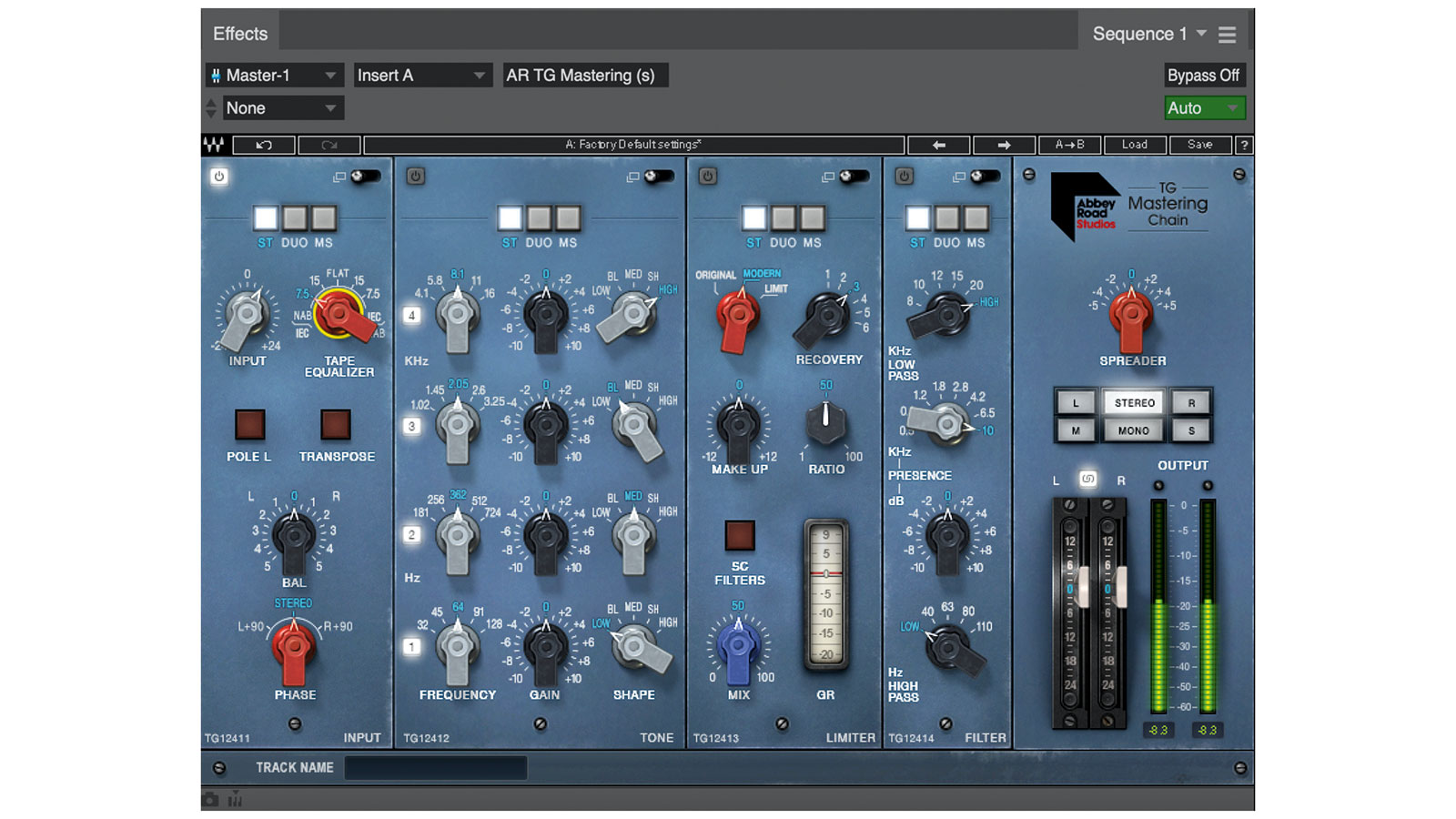
Once a studio only the gods of popular music could afford to work in, it’s now possible, to reproduce all that classic and iconic gear of legendary studios and eras in software form. Waves’ Abbey Road TG Mastering Chain is a fine example, allowing users the ability to perfect their tracks with a peerless professional polish, favoured by The Beatles and Pink Floyd.
2019: Akai Pro Force
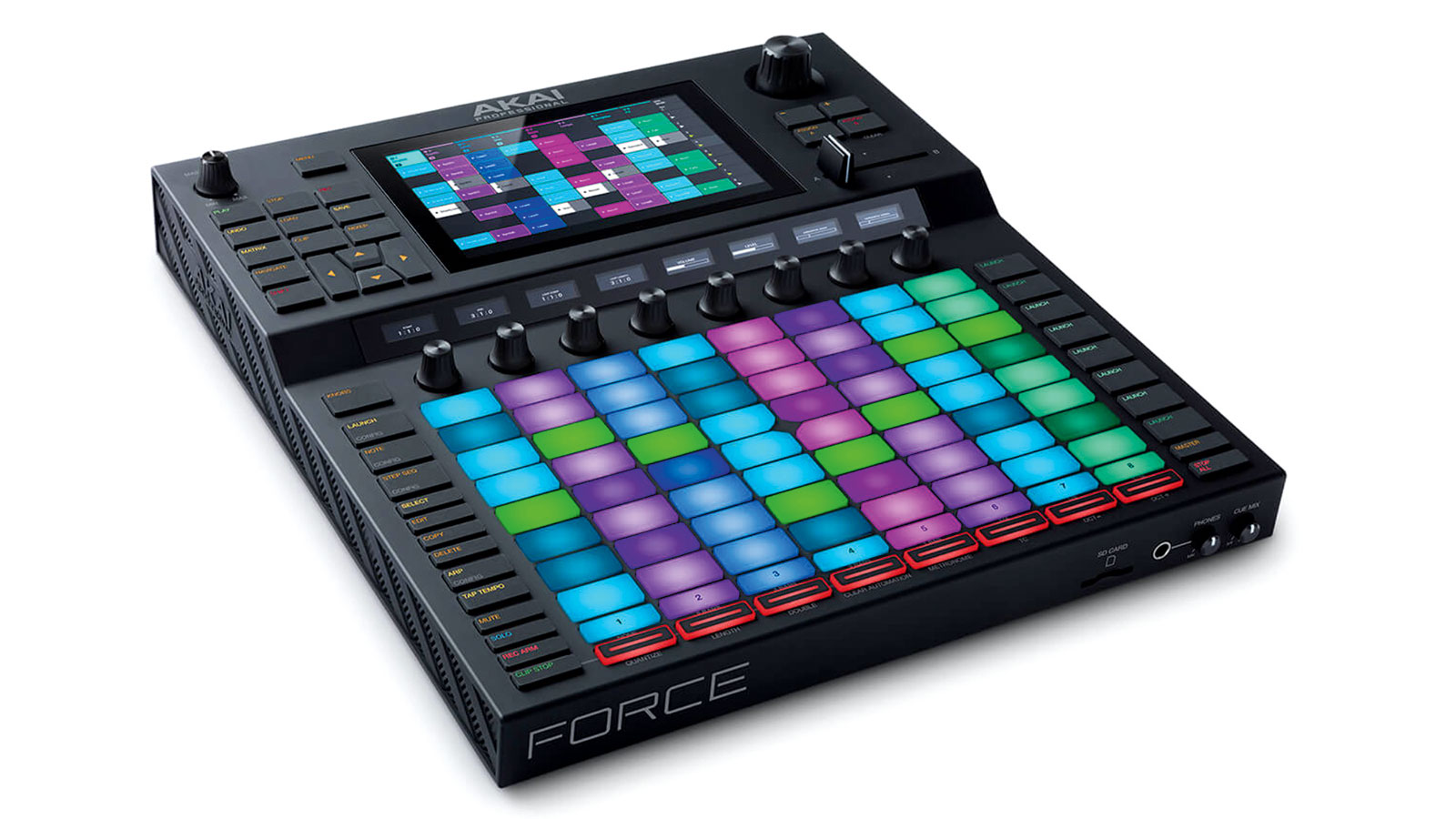
On the heels of the analogue synth trend of the mid-2010s, a further move away from keyboard and mouse-based producing has resulted in all-in-one creation and performance hubs. As always, Akai have been ahead of the curve, with the Force’s USP being wholly able to stand on its own two feet – thanks in part to its shrunken, internal computer and its immense capabilities for sound generation.
2020: Oesksound Soothe 2
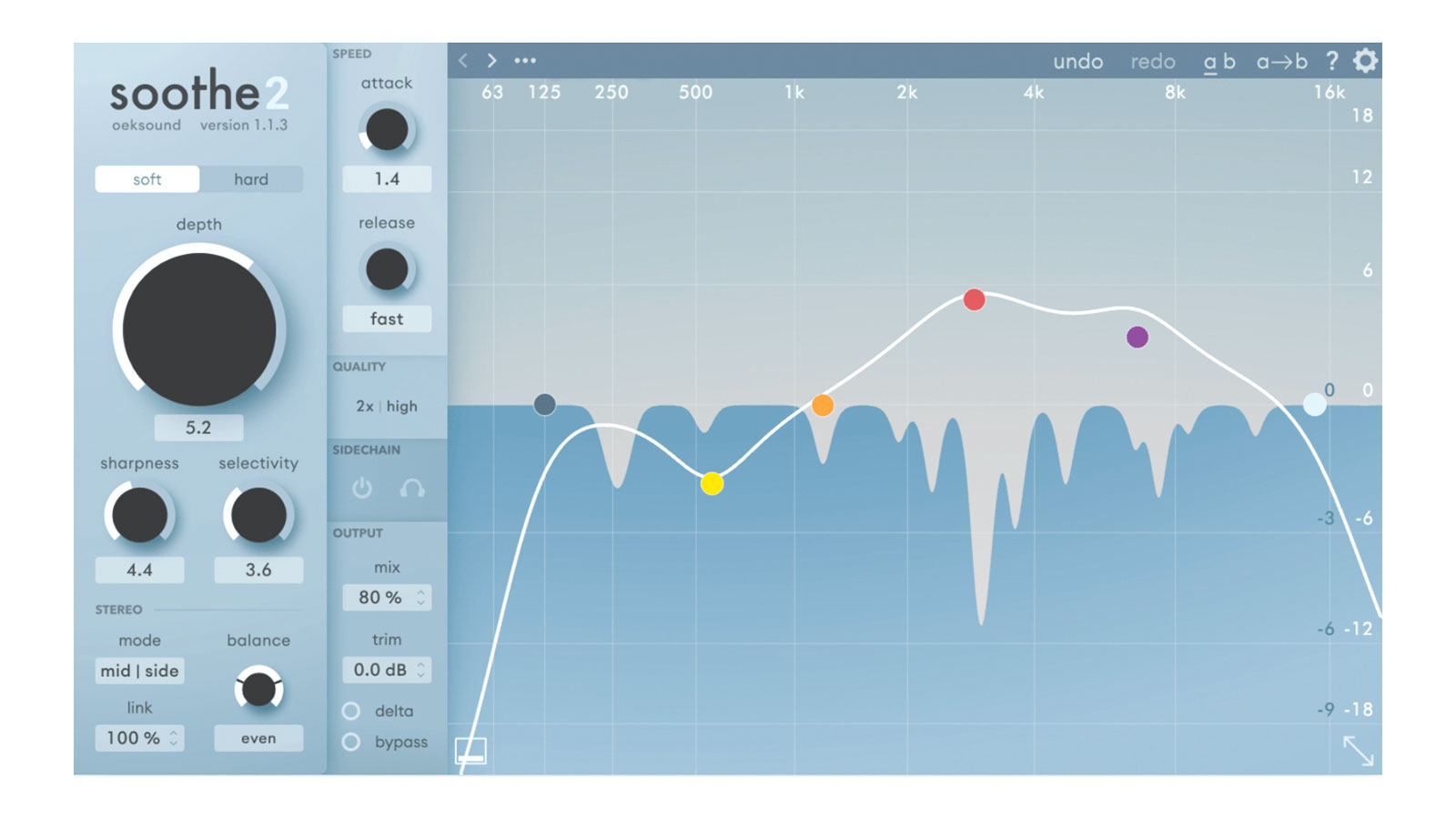
Refining a plugin that had us all astounded on launch, Soothe 2 is an indispensable mixing tool that is capable of – as its name implied – soothing the sound of competing frequencies, using mystical algorithms and under-the-hood intelligence to work miraculous wonders on our tracks in no time at all.
2021: Leapwing Audio Al Schmitt
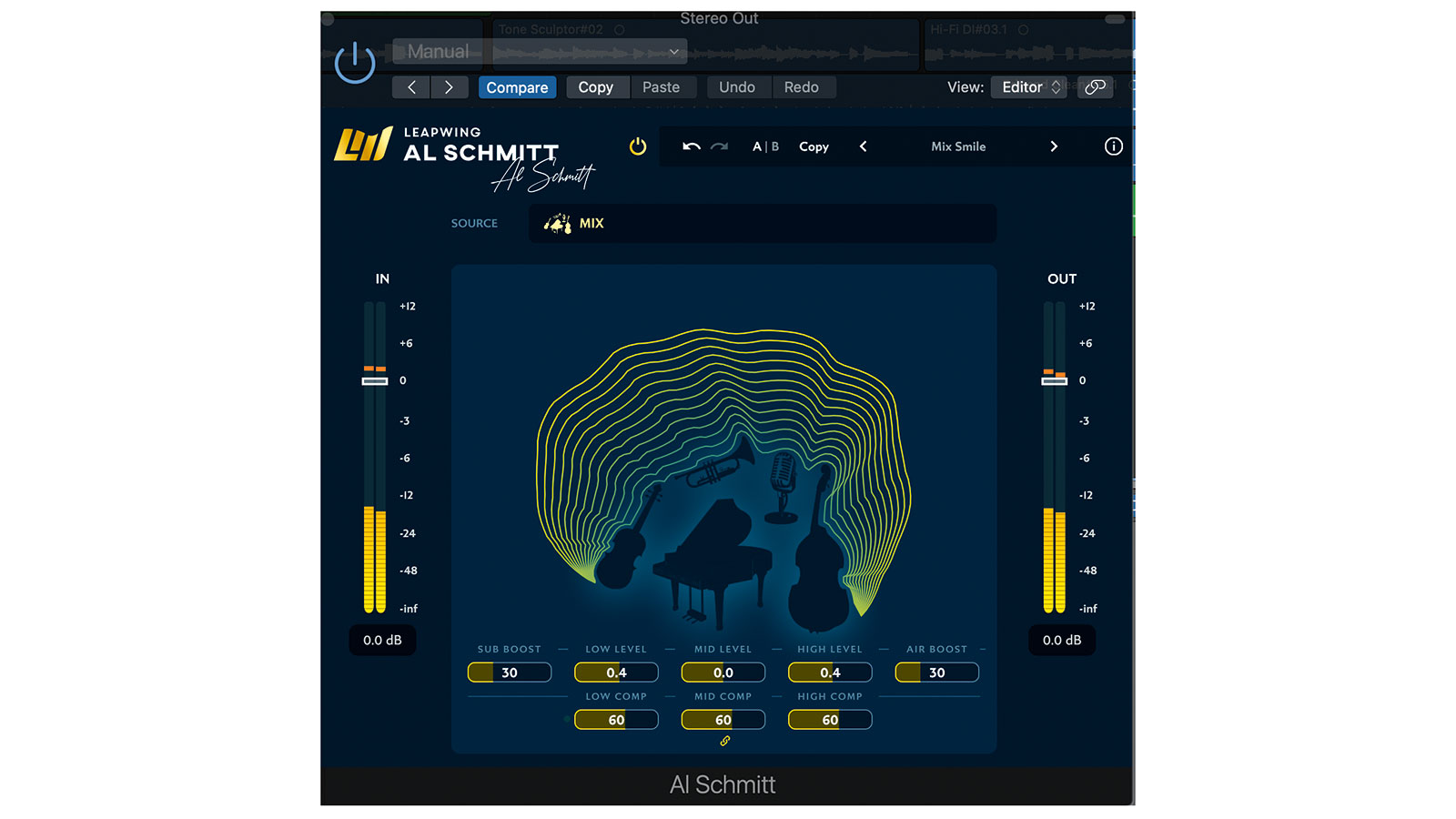
It was hard to choose which product to represent the current year, but with the sad departure of the legendary Al Schmitt recently, our thoughts turned to Leapwing’s brilliant recent plugin, which allows users the ability recreate the late engineers’ personal setup, resulting in a form of software immortality for the masterful engineer’s distinctive sonic signature.


Future Music is the number one magazine for today's producers. Packed with technique and technology we'll help you make great new music. All-access artist interviews, in-depth gear reviews, essential production tutorials and much more. Every marvellous monthly edition features reliable reviews of the latest and greatest hardware and software technology and techniques, unparalleled advice, in-depth interviews, sensational free samples and so much more to improve the experience and outcome of your music-making.










